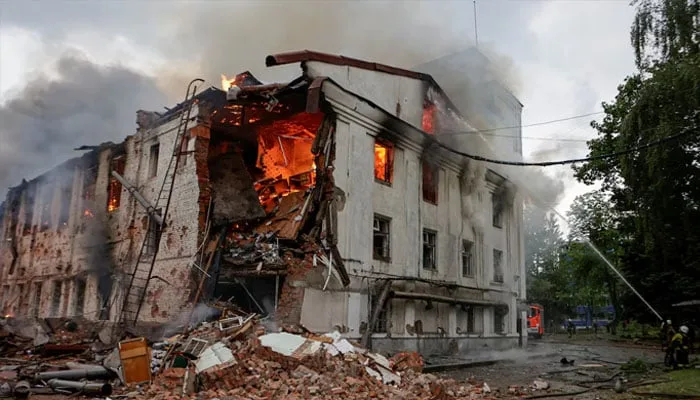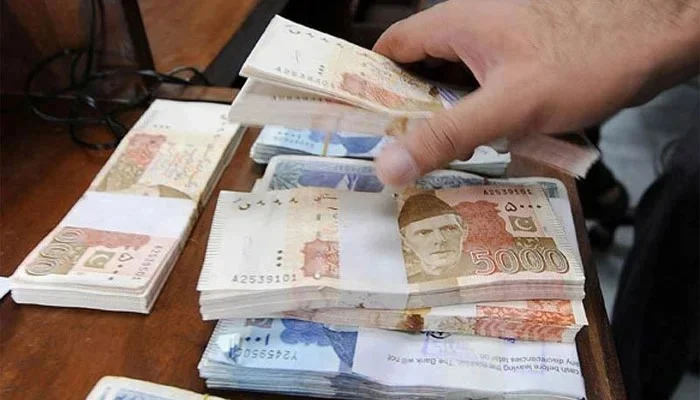
Pakistan’s poverty crisis has deepened as the World Bank updates the international poverty line, pushing the country’s poverty headcount to 44.7%. The jump results from newly revised income thresholds rather than worsening living standards. Still, experts warn that the data used is outdated and may not reflect the full extent of current economic hardships.
New Thresholds, Higher Numbers
The World Bank raised the poverty line for lower-middle-income countries like Pakistan from $3.65 to $4.20 per person per day. Under this revision, Pakistan’s poverty rate surged from 39.8% to 44.7%. Extreme poverty also rose sharply—from 4.9% to 16.5%—as the extreme poverty threshold moved from $2.15 to $3.
According to Christina Wieser, a senior World Bank economist, most of the increase stems from people previously earning just above the old cutoffs now falling under the new limits.
Read: Budget 2025-26 Must Balance Defence and Economic Growth
Data Limitations Raise Concerns
Despite the updated thresholds, the poverty estimates rely on outdated figures from the 2018-19 Household Income and Expenditure Survey (HIES). The analysis does not include impacts from major recent events such as COVID-19 or the devastating 2022 floods, which likely pushed more people into poverty.
The World Bank also used UN population data instead of Pakistan’s recent census figures. Christina acknowledged the urgent need for updated national surveys to get a clearer picture.
Context Matters for Comparison
While international poverty lines allow for cross-country comparisons, they are not ideal for shaping domestic policy. For national planning, Pakistan still uses its own poverty line, which last recorded a 21.9% poverty rate based on 2018-19 data.
World Bank officials stressed that these revisions help place Pakistan’s poverty in a global context, emphasizing the need for resilience-building and long-term policy reforms.
A Global Shift, Not Just Local Decline
These poverty jumps are part of a global shift driven by revised purchasing power parities. Christina clarified that the numbers reflect improved global comparisons, not necessarily a decline in living standards. Still, they highlight the urgent need for updated data and effective policies to reduce vulnerability.
Follow us on Google News, Instagram, YouTube, Facebook,Whats App, and TikTok for latest updates












